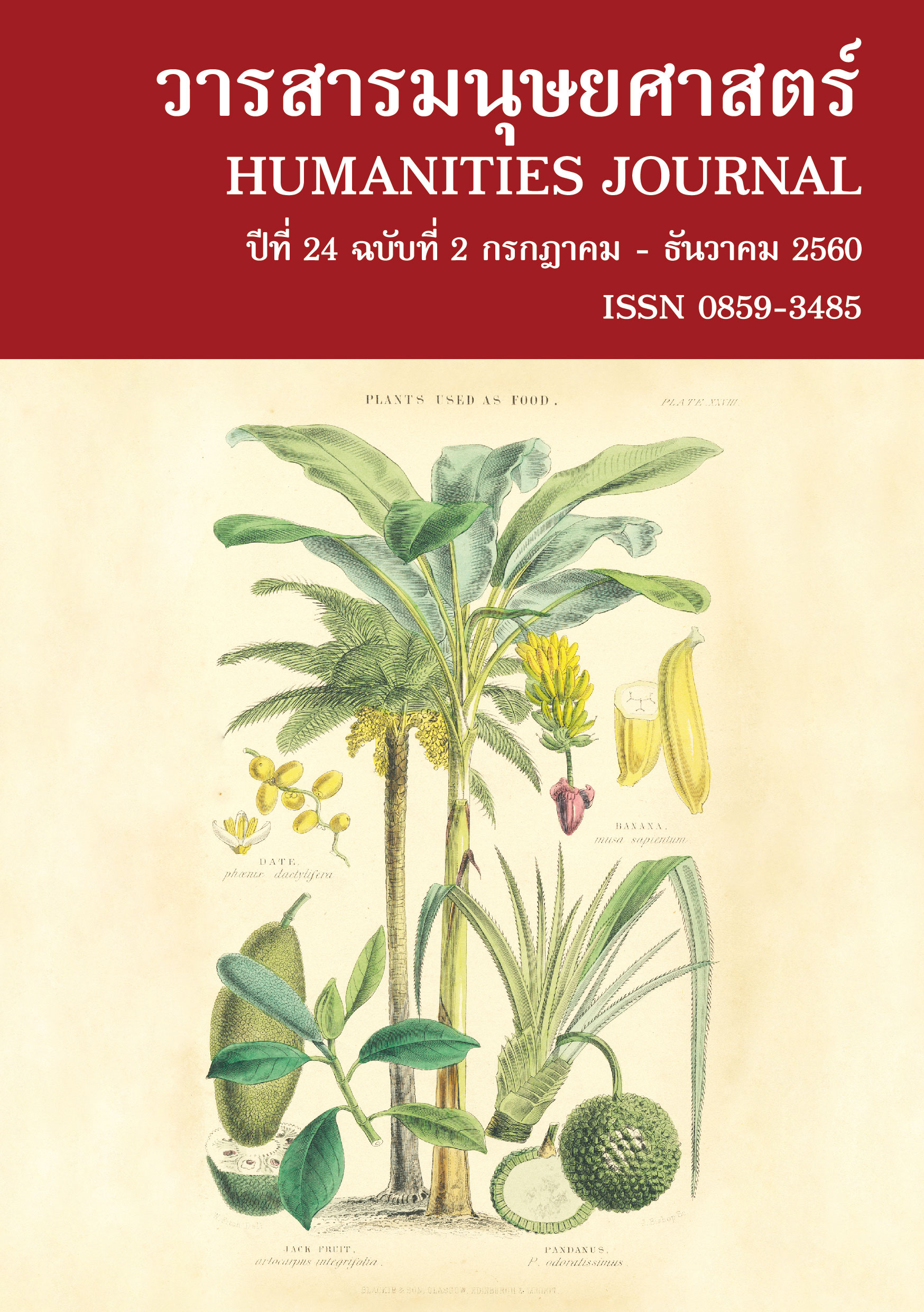Translating Pali Buddhist Texts into English: Two Example Texts
Main Article Content
Abstract
This paper will discuss various structural-linguistic and cultural difficulties in the translation of Pali Buddhist texts into English. The translation of Pali Buddhist texts into English began in the second half of the 19th century. In this paper two texts that have been translated frequently into English since the 19th century will be investigated. The shorter text, the Last Words of the Buddha, is widely known to English-speaking people who have read about Buddhism and it is frequently quoted in English translation. The other text is a representative extract of three verses from the Dhammapada in the Pali Canon. The Dhammapada is the most frequently translated Pali Buddhist text in English, and new translations continue to appear. The English translations of both of these texts often differ substantially from each other and have changed considerably over the past 150 years. The paper will focus on the linguistic-structural and cultural difficulties of translating 2500-year old texts from an ancient Indian language, especially considering that these texts originate in a philosophical-religious and cultural system quite foreign to any Western system.
The paper will look, first, at the shorter text, the Final Words of the Buddha in Pali, and at a selected number of English translations. Second, the extract of the three verses from the Dhammapada in Pali will be looked at along with a selected number of English translations. The focus will be on the linguistic and structural dissimilarities between Pali and English as exemplified in the selected original texts and the selected translations. In addition, cultural problems in translating ancient Indian texts into English will be considered as well.


